Grasslands of Mumbai 03 - Mumbai's Marginlands
Inspired by Marginlands - Indian Landscapes of the Brink by Arati Kumar Rao
One of the best books I read last year was "Marginlands - Indian Landscapes of the Brink" by Arati Kumar Rao. The book features the main geographical landscapes from the Indian subcontinent's different corners or margin lands- Ladakh, high up in the Himalayas bordering Tibet; the living and breathing deserts of the Thar in Rajasthan bordering Pakistan; the vast and beautiful mangroves of the Sundarbans in Bengal; the mighty river Brahmaputra, the coastline of India, including Mumbai and more. Arati has been one of my favourite storytellers and knowledge sharers on the World Wide Web. She is one of those people who make the Internet what it is - a place where we do what's human - sharing knowledge and, in the age of a heating planet, an essential tool to develop empathy for each other and everything on this planet. Trivia: She was Paul Salopek's walking partner when he walked through the desert and the river plains of North India. Follow his walk here.
Coming back to the book and her work, there were two things that she opened my mind to with her work far before she even wrote her book - The Grasslands and about Bees in India. Observing bees where I live in Navi Mumbai and Greater Mumbai has not been easy. Still, the grass is all around, playing hide and seek among buildings, railway tracks, roads, the edge of the sea, and corners that have not been poured over with concrete or trampled by the wheels of vehicles, waiting to be photographed.
Arati has been screaming silently (and not alone) for a long time on the web that we in India, the government, and people who live in cities and are disconnected from the living planet and its grasslands and see it as a wasteland, waiting to be converted into something useful like agricultural land irrigated by water from far-off dams or as a place to build homes and factories. Meanwhile, indigenous people who live off the land and understand the subtlety and vagaries of nature have learned to live with it. While she uses examples of grasslands far from the cities, this can be seen even in the densely populated regions of Mumbai and its satellite cities.
The cities of Mumbai and Navi Mumbai expanded around the ports to eat up several villages and many fishing towns, but most were agricultural. The city acquires the land cultivated with grasses (for grain) or used as pasture for cattle, sheep, and goats, maintaining a relatively better balance with nature and water availability. They have been taken over to house people and industries, leaving a few pockets of greenery like the ones featured here.
Here are a few images of the pockets of grasslands that remain, inspired by the book I would like all of you to read.
Margin land 1:
Green Valley, Parsik Hills - Belapur, Navi Mumbai.
According to avid birder Pravin, aka The Memory Palace, this small range of hills on the Eastern border of Navi Mumbai is connected to the Westen Ghat ranges further to the east and separated by a few suburbs as the bird flies. It is a favourite spot of bird watchers like him. While wooded, the patches of grass weren’t grazed by stray cows or wild herbivores. Right now, they are dry and waiting for the summer fires.
Margin land 2:
Karave Village, Nerul, Navi Mumbai.
In between the intertidal region of Karave Village, on the seaward side of the Palm Beach Road of Navi Mumbai, are remains of the village life that once flourished here. There are a few farms here growing vegetables and fish tanks watered the ebb and flow of the tide, and in between are the grasslands, dry now, some months after the monsoon, which ended in late September and early October.
The fires have already started here, most likely sparked by people.
Margin land 3:
Paddy fields inside Aarey Milk Colony, Mumbai.
Aarey Colony has a few tribal hamlets inside it, occupied by the indigenous people from the forest in the heart of Mumbai. They grow paddy and vegetables for their needs and even sell a few in the Marol Market, closest to their hamlet. Here are a few images of paddy being harvested here after the monsoon.
Aarey also has open grasslands that provide fodder to dairy farms in the ‘Milk Colony’ and outside. Aarey Milk Colony is dotted with dairy farms that use grass and hay grown in this green part of the city. It was created as part of a government initiative in the last decade.
Grass is an integral part of this seemingly rural occupation of dairy farming in a city the size of Mumbai. That would be a story for another day.
The paddy farm inside Aarey.
Also,






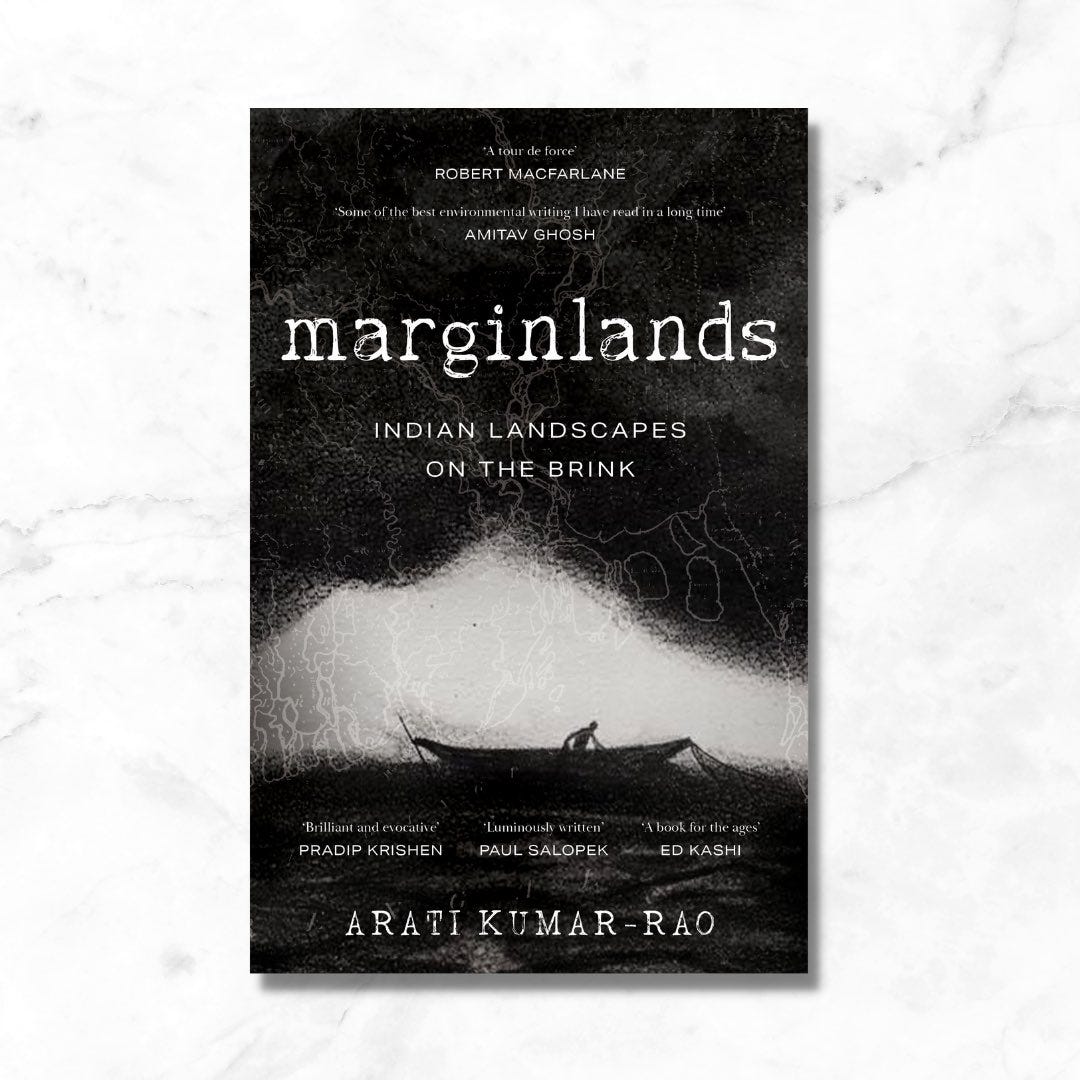
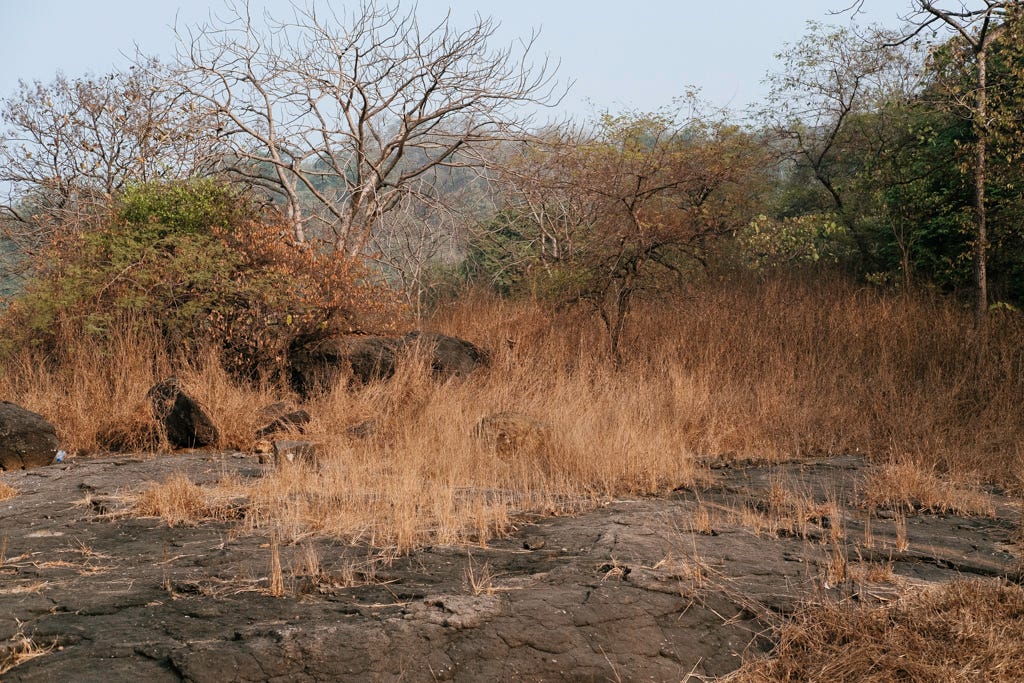
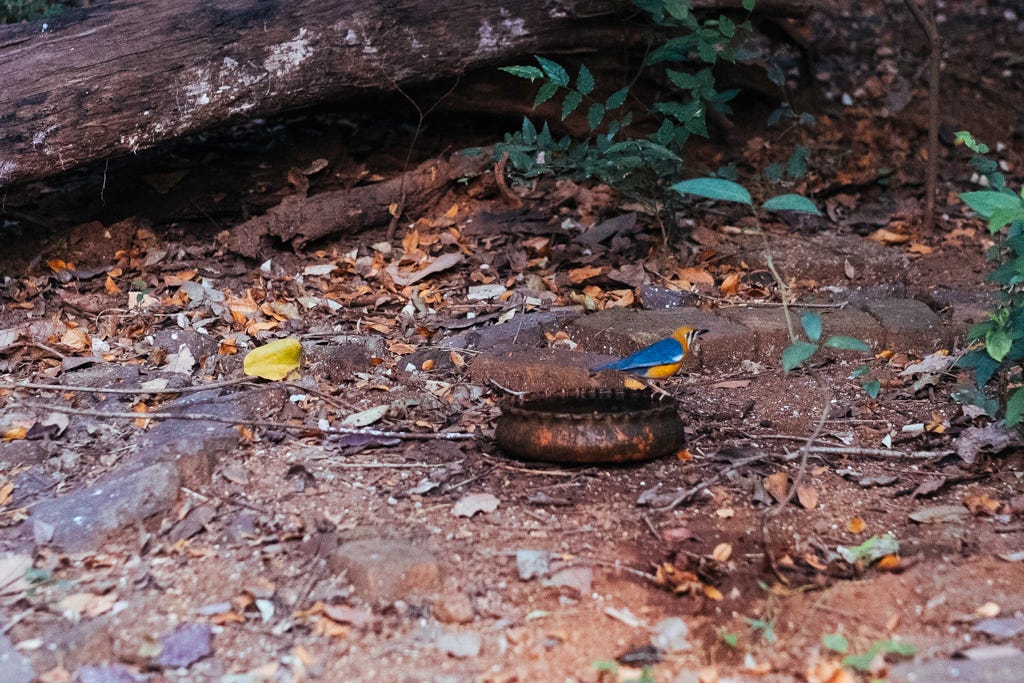
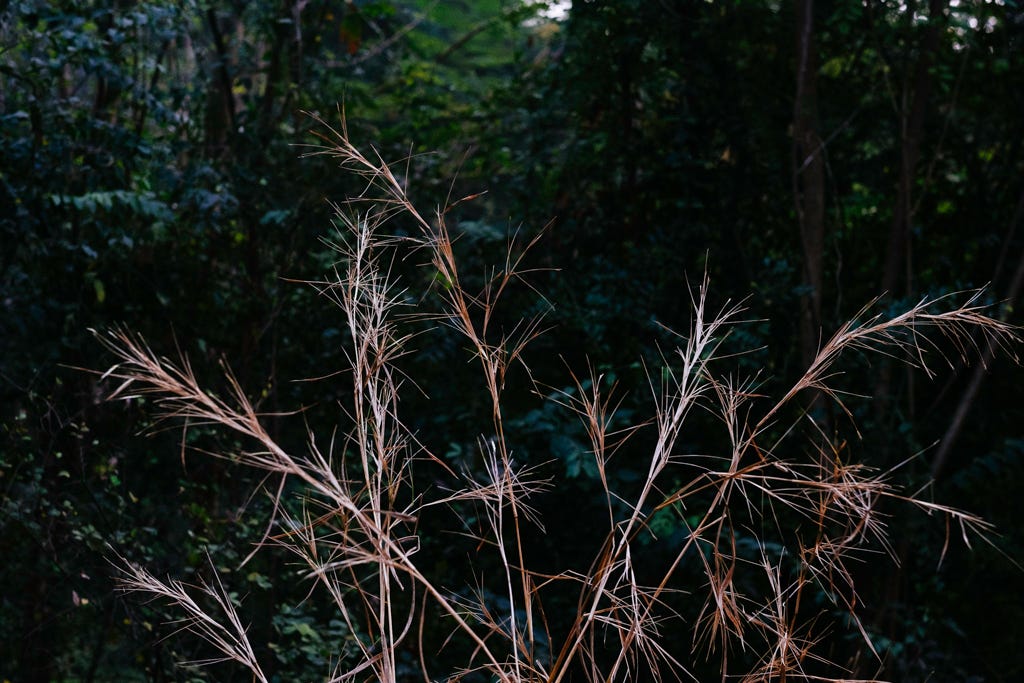
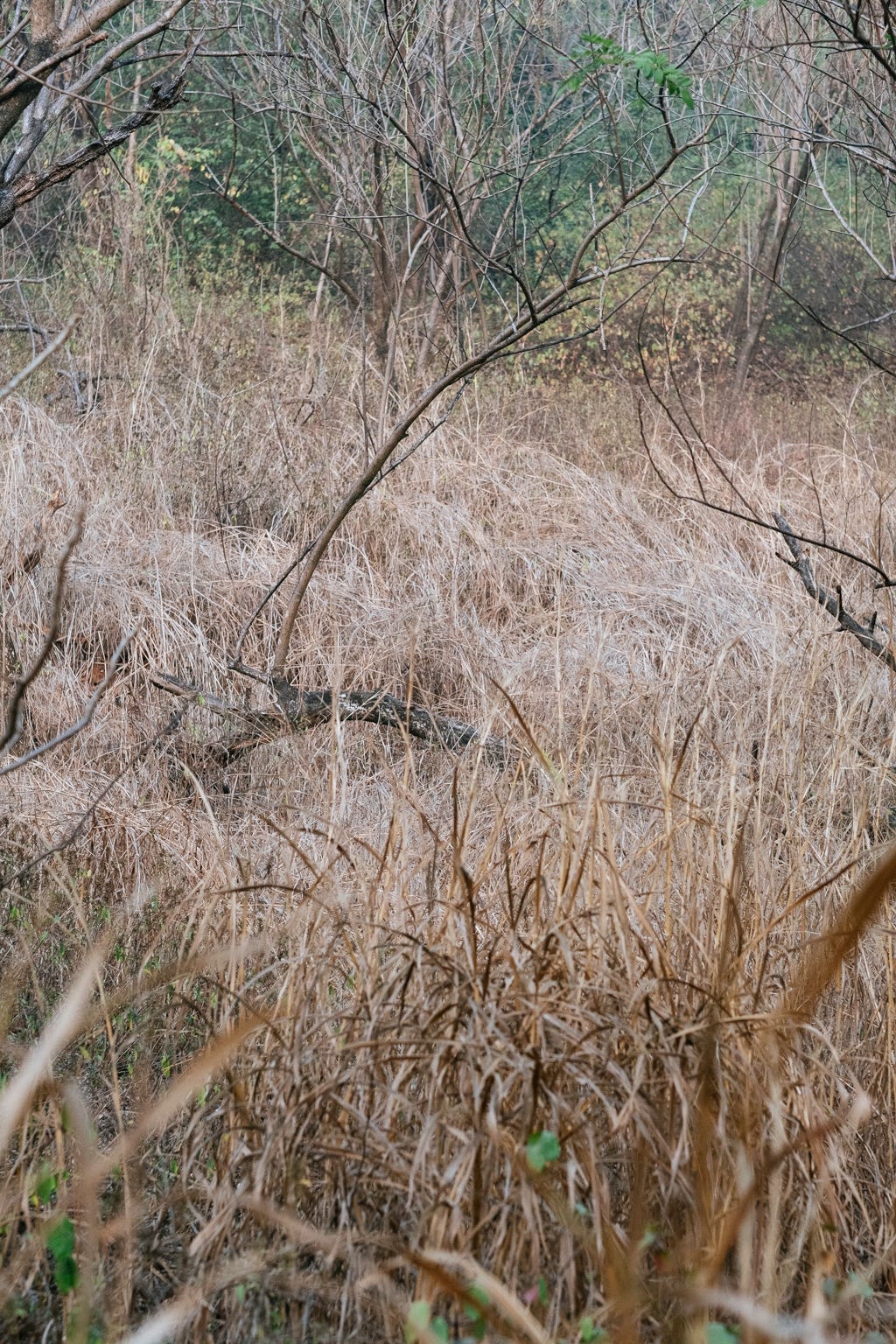
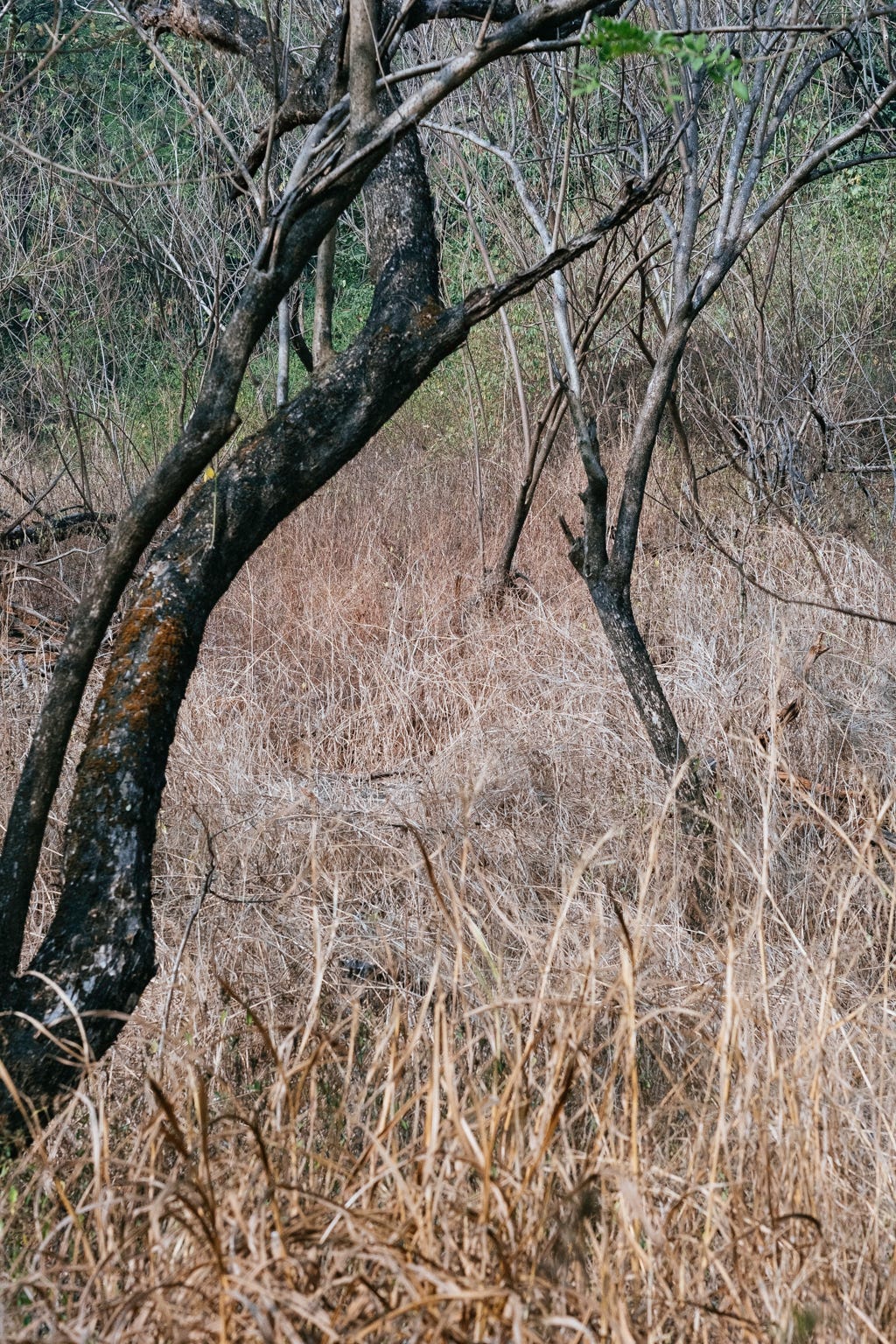
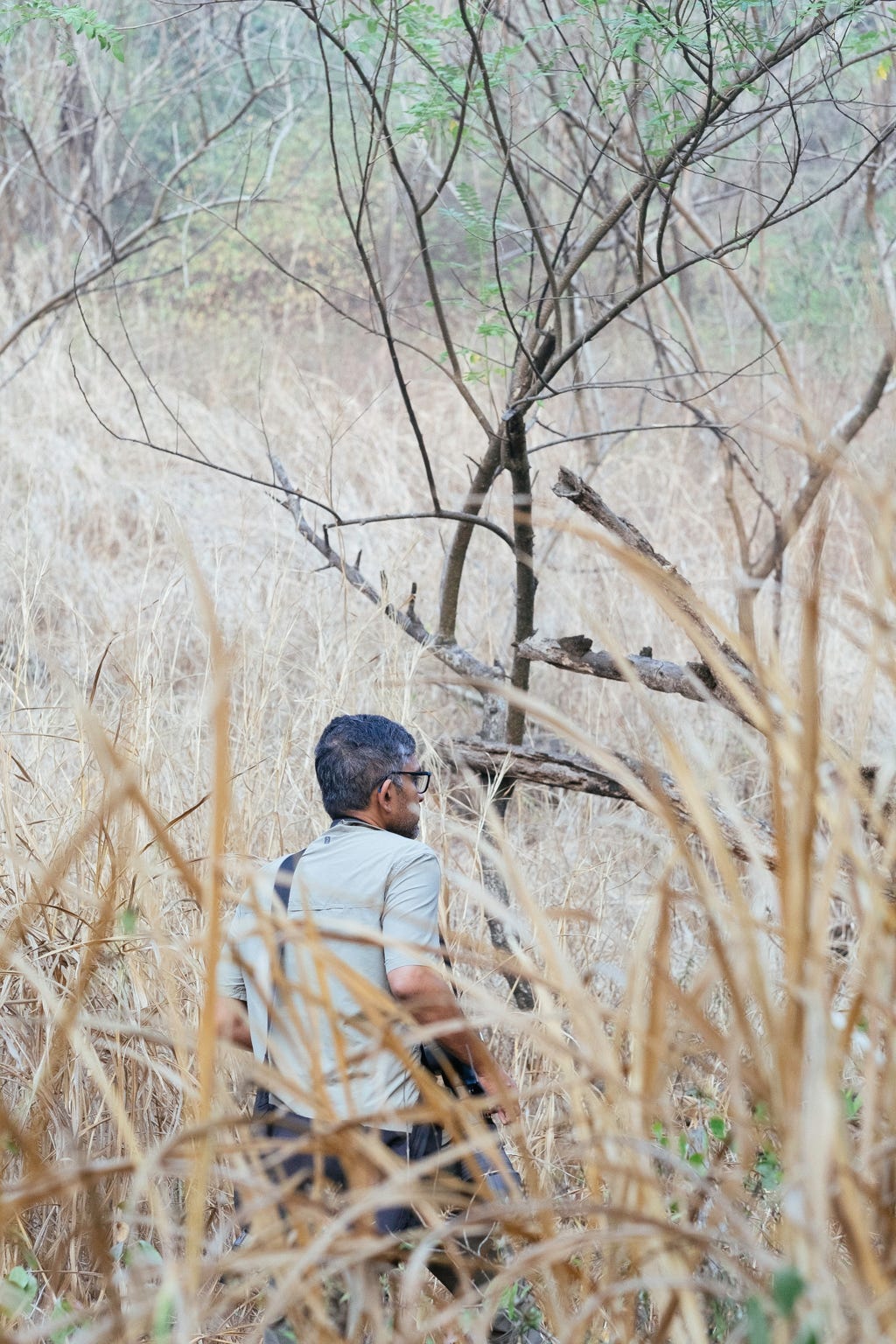
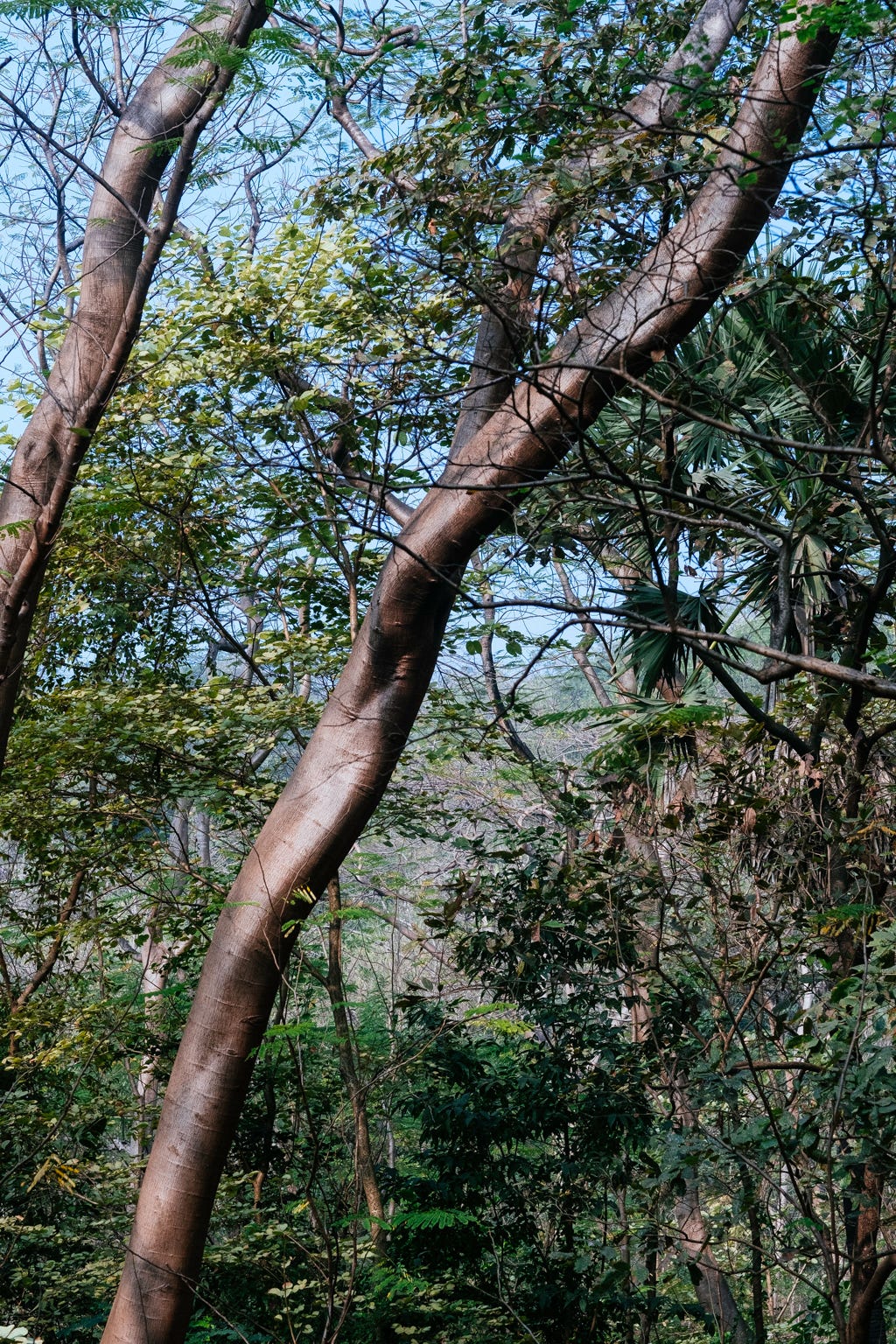
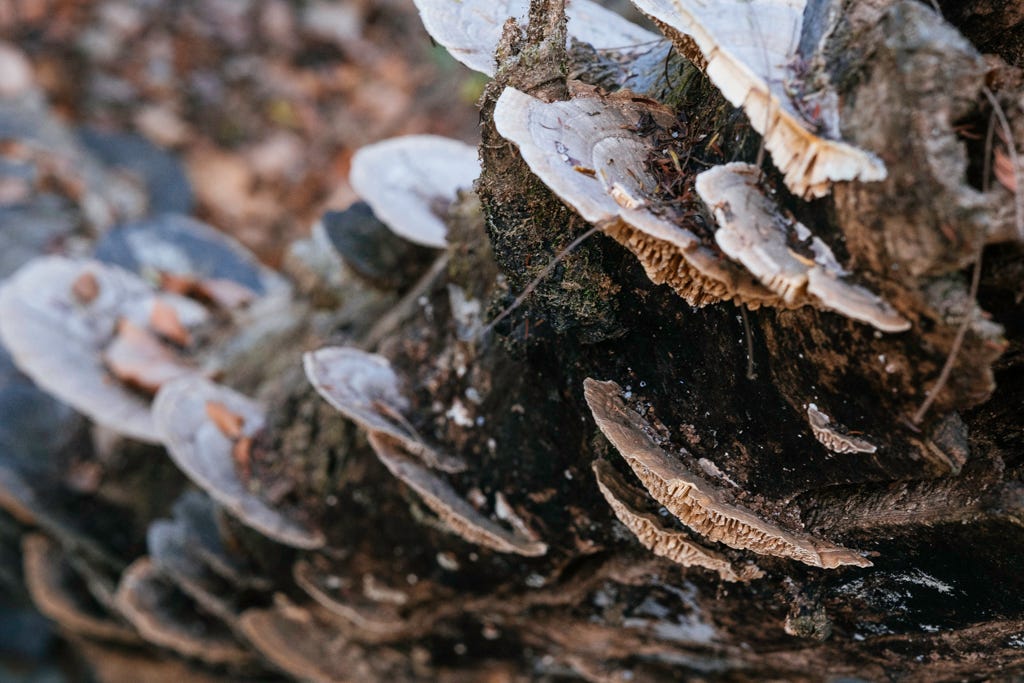
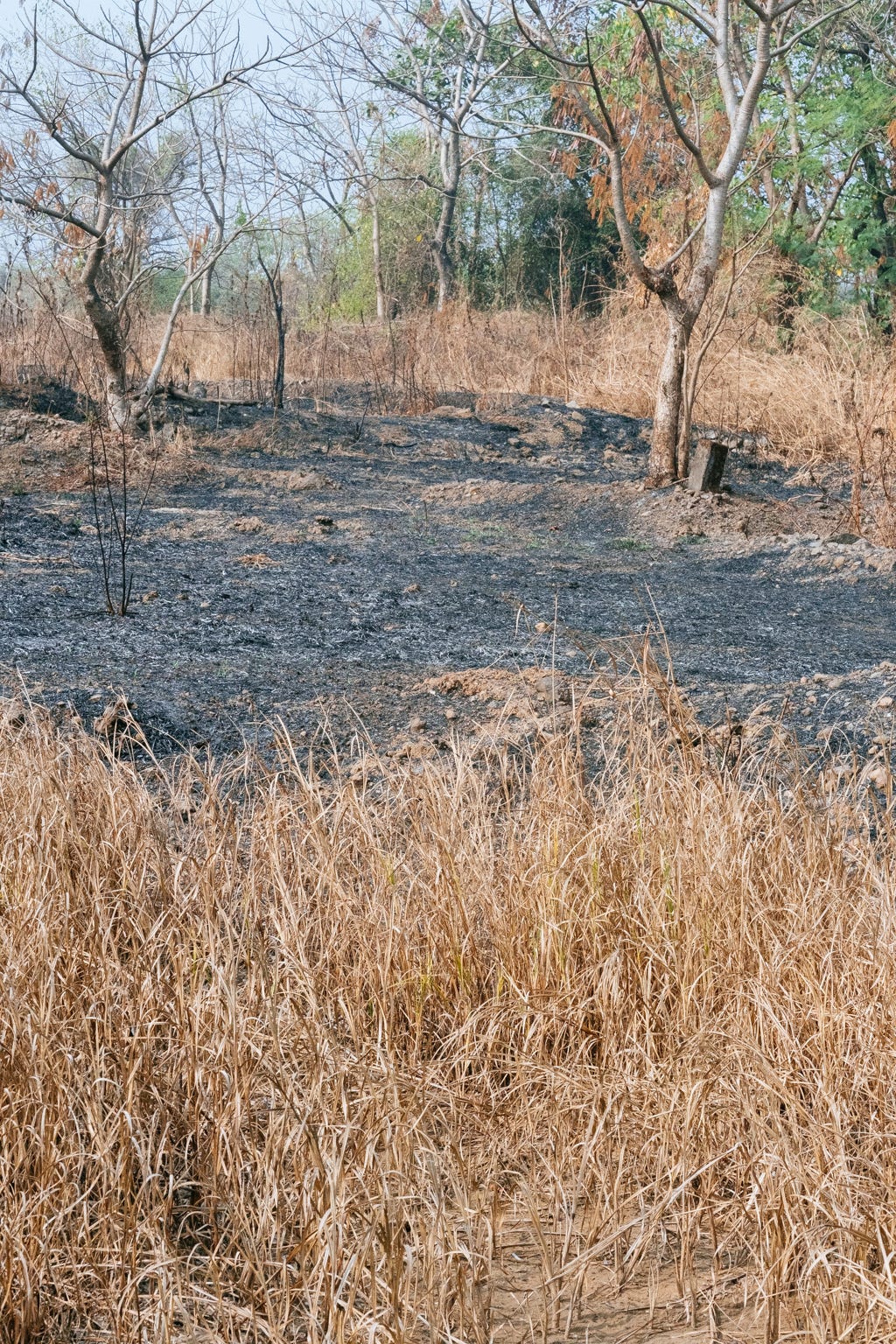
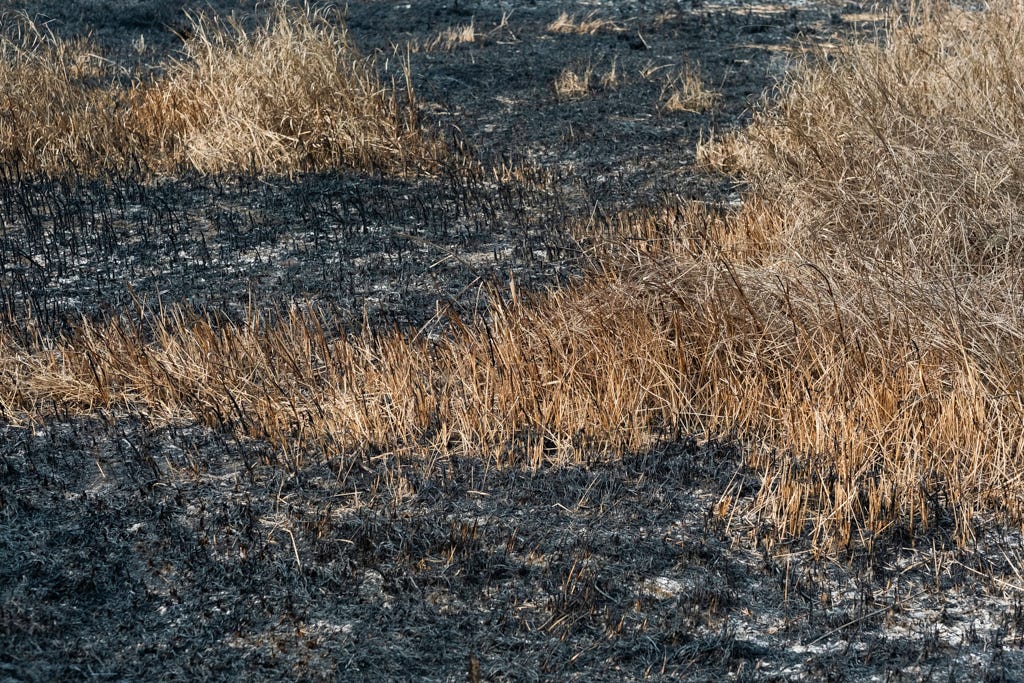
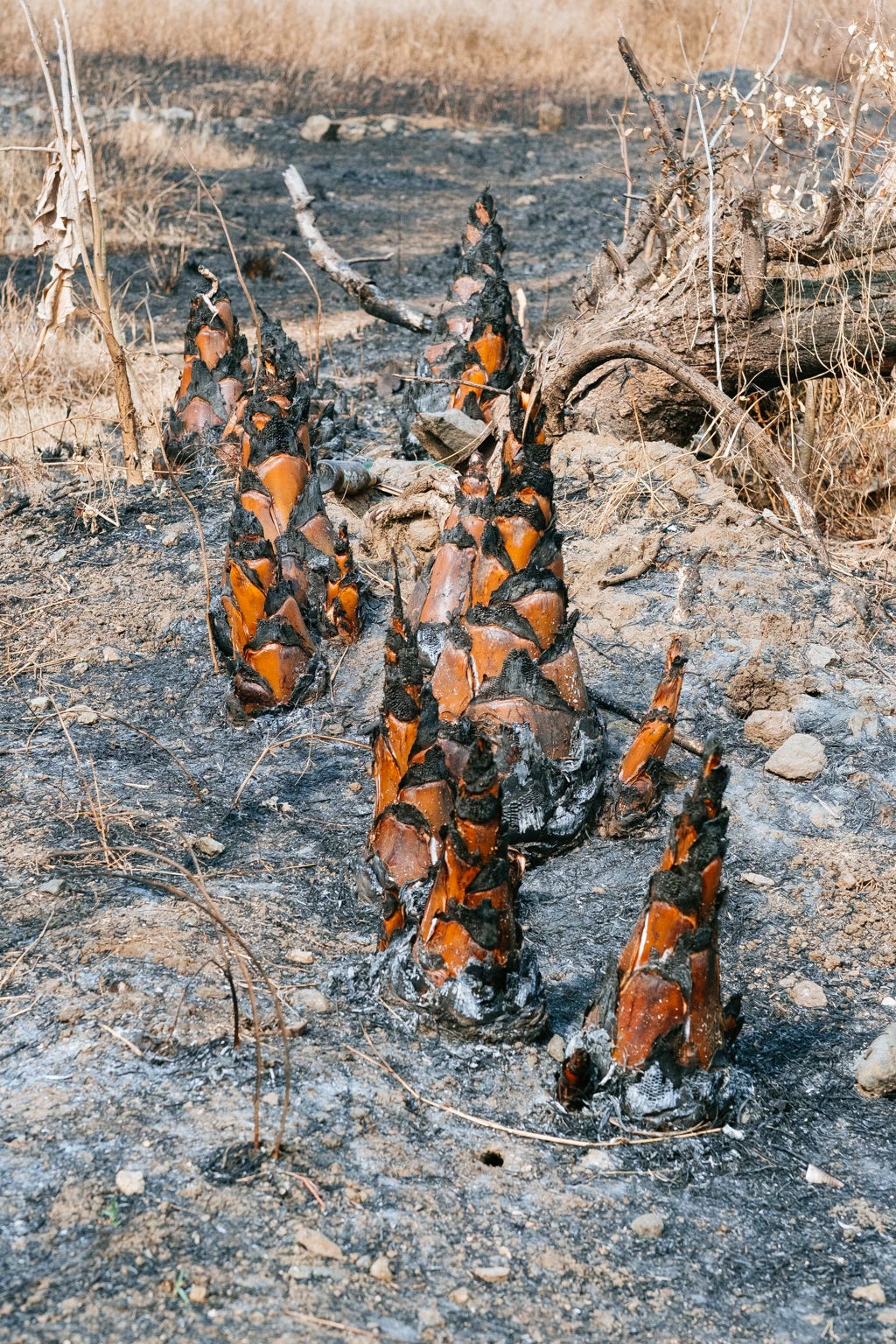
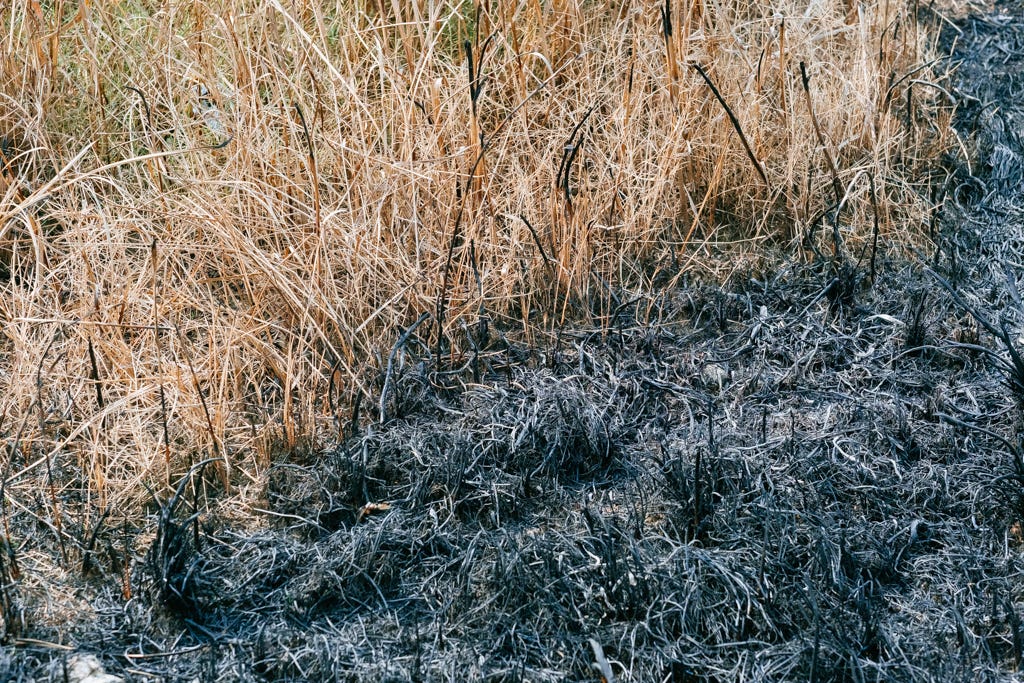
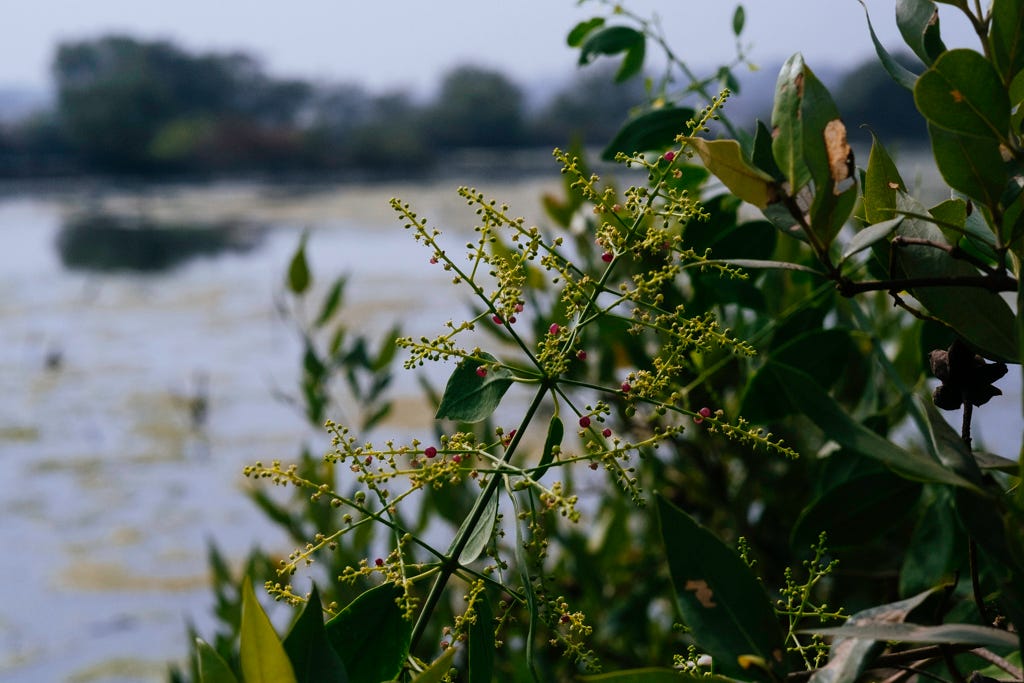

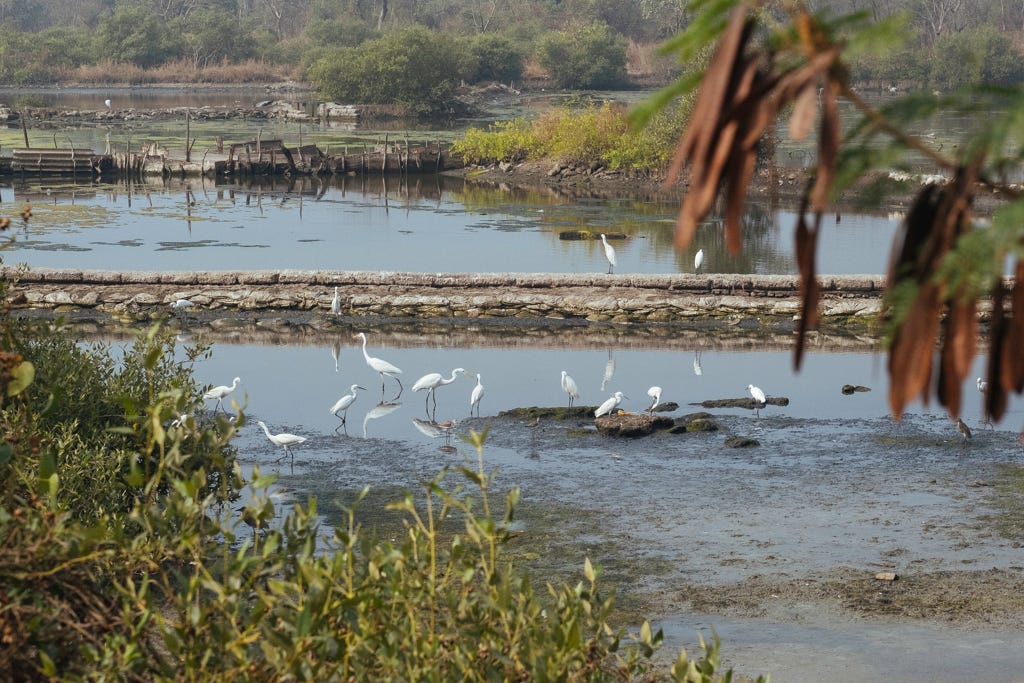
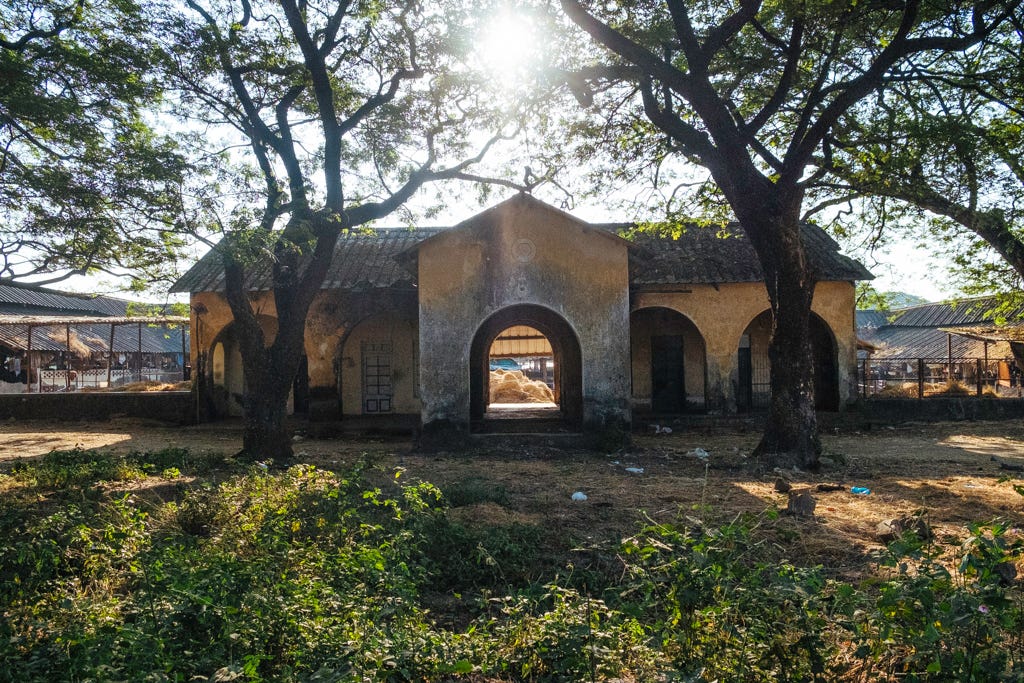
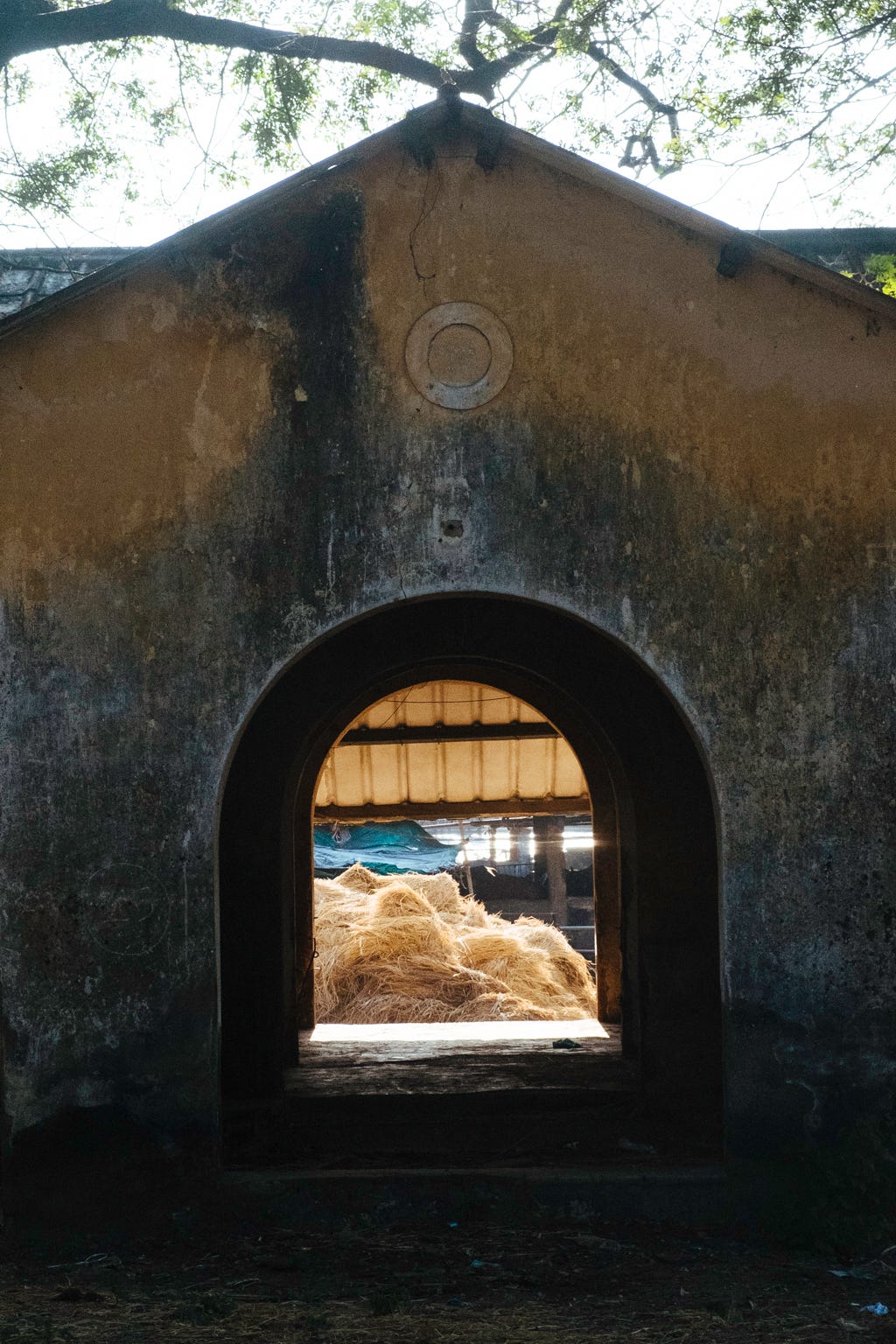
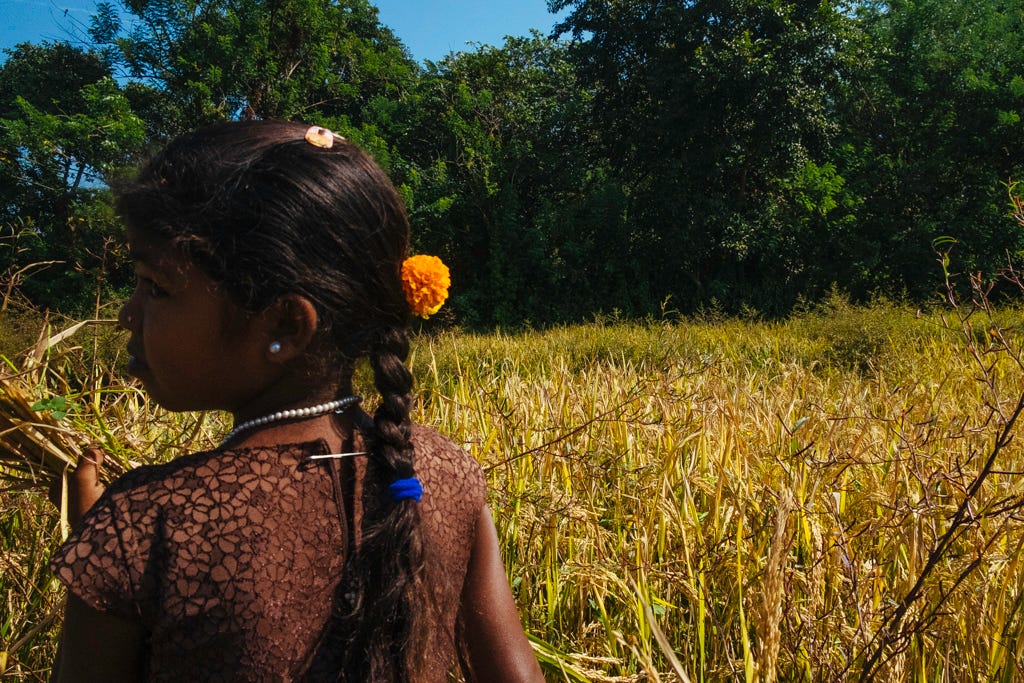
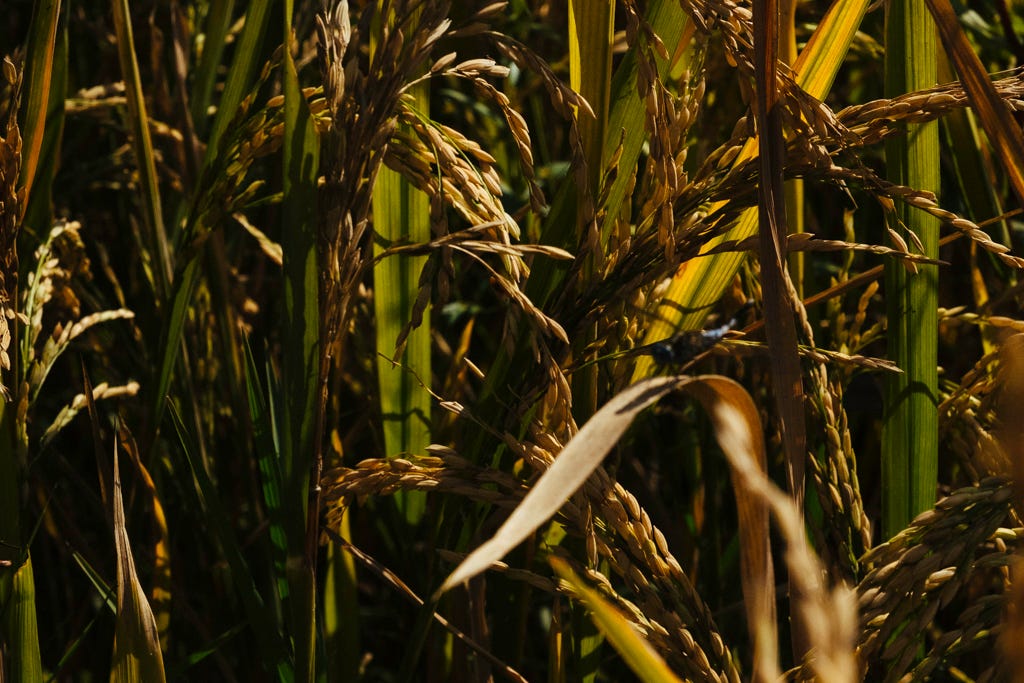
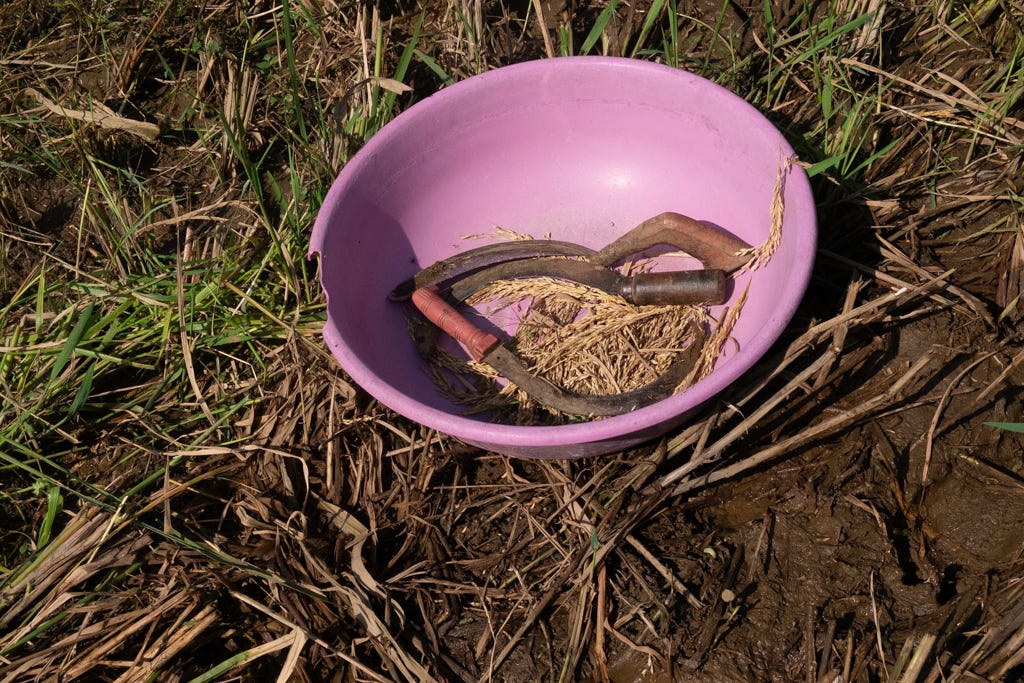
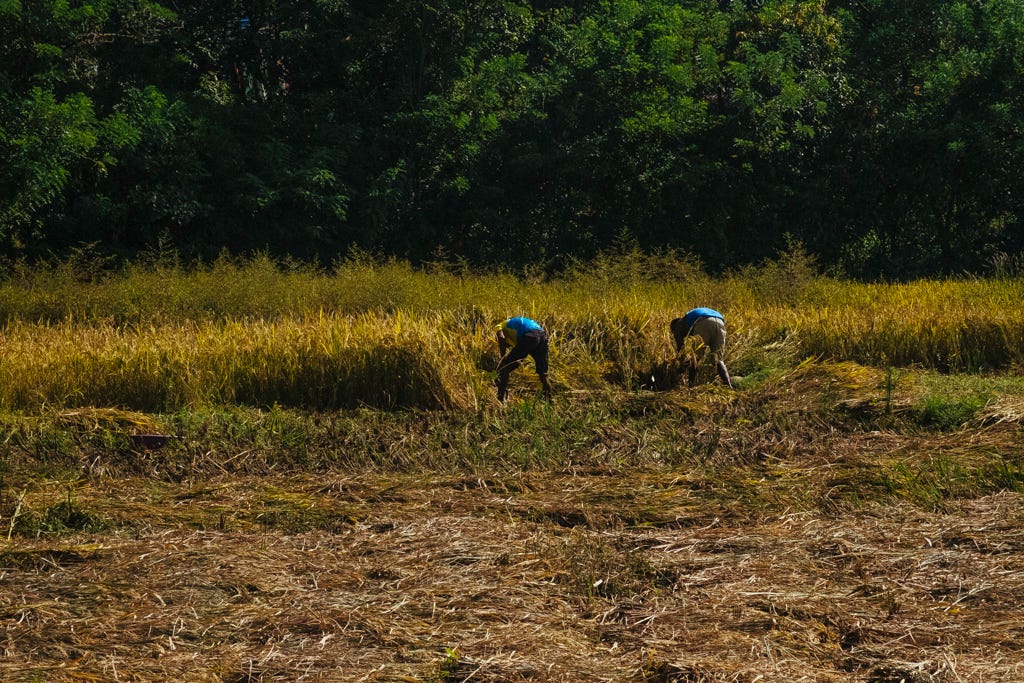
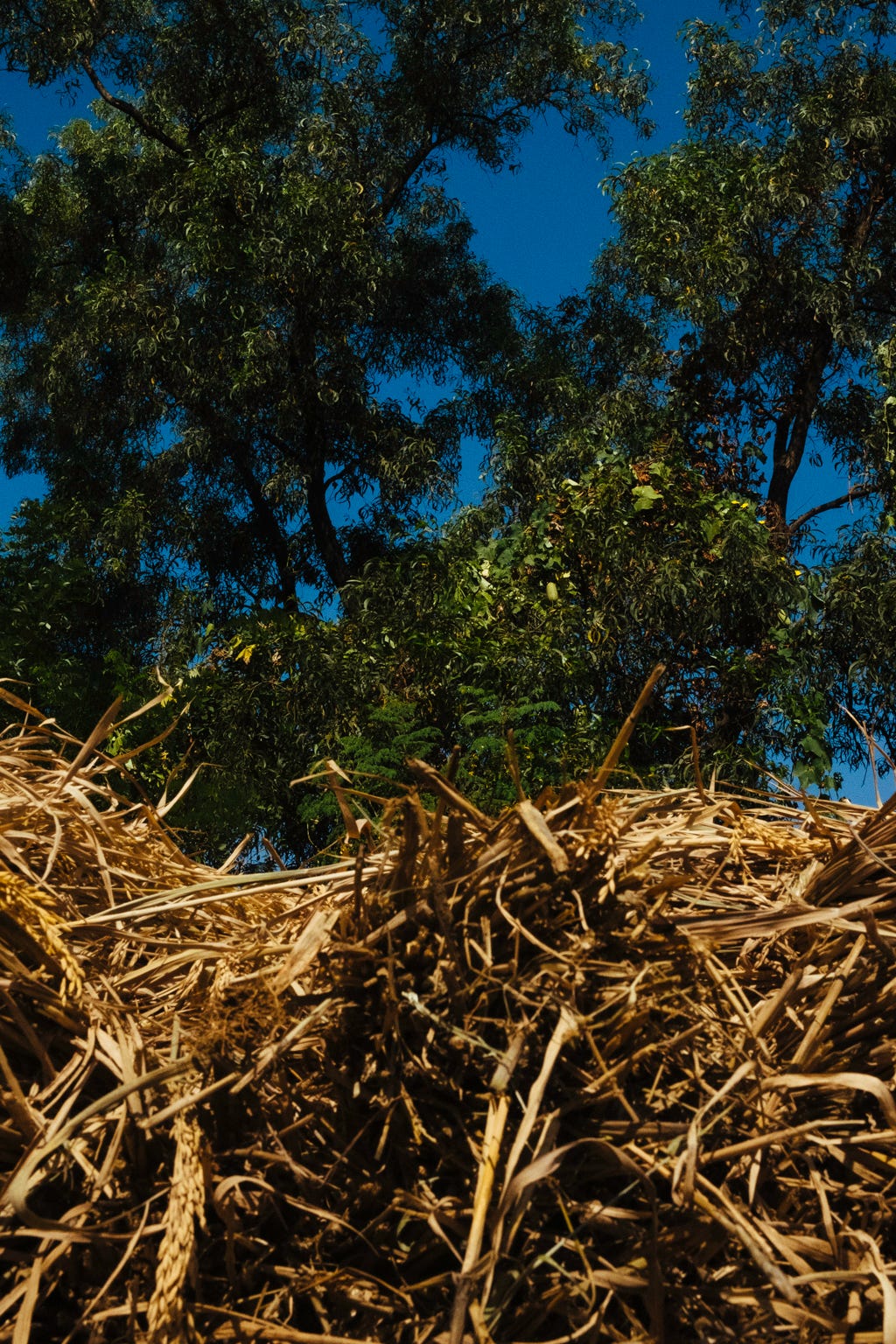
First time seeing meswak. Thanks!